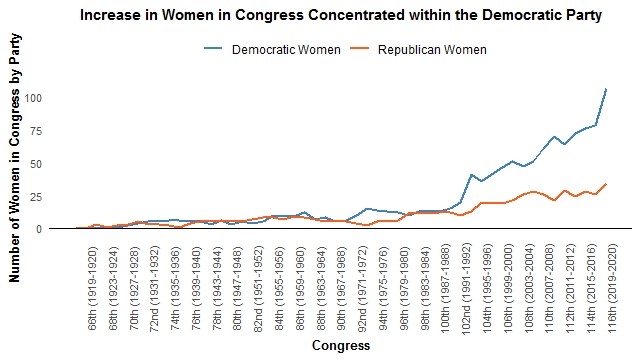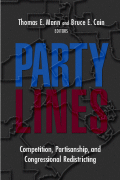Vital Statistics on Congress is a regular publication of the Brookings Institution. Since its first publication in 1980, it has become a go-to reference guide for those interested in congressional affairs. This blog will highlight data from the most recent update, released March 2019.
Supercharged by the largest freshman class since 2011 and a new Democratic majority looking to check the power of the Trump administration, productivity in the House of Representatives has gotten off to a strong start in the 116th Congress. As of March 1st, committees in the lower chamber had convened 130 hearings, 23 more than were held during the same time period in the 115th Congress. This uptick in committee activity is not surprising—the last two times the House experienced a change in party control, the number of hearings held also increased.
The Brookings Vital Statistics on Congress project allows researchers to examine many aspects of the legislative branch including congressional workload and productivity. Updated earlier this month, Vital Stats collects data on the first branch of government that offer insight into the actions of its members and the legislative initiatives undertaken by both chambers. This rich data source includes information on member demographics, congressional elections, and actions on the federal budget, all of which received updates recently.
The latest data on the 116th Congress shows new members faced different electoral challenges on their journey to the Capitol. In the House, 30 Democrats defeated incumbent Republicans; these incumbents were moderately experienced, averaging more than three terms served. Representatives Alexandria Ocasio-Cortez (D-N.Y.) and Ayanna Pressley (D-Mass.), for example, both made headlines by winning primaries against congressmen who had 40 combined years of experience. The Senate saw a different narrative, with Republicans gaining two seats by defeating four incumbent Democrats in states where President Trump had prevailed in the 2016 election. Democratic women prevented further losses in the Mountain West region, with Kyrsten Sinema (D-Ariz.) and Jacky Rosen (D-Nev.) flipping two Republican seats blue.
Sinema and Rosen have been joined in the Capitol by 125 other women—the largest number to ever serve in a single Congress. These gains, however, have been concentrated on the Democratic side of the aisle. House Republicans saw nine women leave the chamber to a combination of retirement, running for other office, and losses. At the same time, only one new member, Representative Carol Miller (R-W.V.), entered. In the Senate, the number of GOP women grew, with Marsha Blackburn (R-Tenn.) winning her election and Martha McSally (R-Ariz.) being appointed to fill the remainder of John McCain’s term. In both chambers, the growth in the number of racial minorities, which brought a record number of African-Americans, Asian-Americans, and Hispanic-Americans to Congress, was also driven by Democratic victories.
Vital Stats data also tracks the occupational backgrounds of members of Congress. In the House, Republicans saw a decrease in the percentage of party members who had previous experience in politics or public service, while levels among Democrats remained roughly constant. The Senate, meanwhile, lost several lawyers but gained a record number of members with education backgrounds. While some amount of change in occupational backgrounds is inevitable as members enter and exit the chambers, it is important to remember that the class background of a Senator or Representative can impact their decisions while in office.
As the 116th Congress continues its activity, its members will look to leverage institutional resources such as staff members and committee assignments to accomplish their unique agendas. In the coming months, keep an eye out for additional Vital Stats updates tracking these data and much more.
The Brookings Institution is committed to quality, independence, and impact.
We are supported by a diverse array of funders. In line with our values and policies, each Brookings publication represents the sole views of its author(s).












Commentary
More productive, more diverse: What ‘Vital Stats’ tells us about the new Congress
March 13, 2019